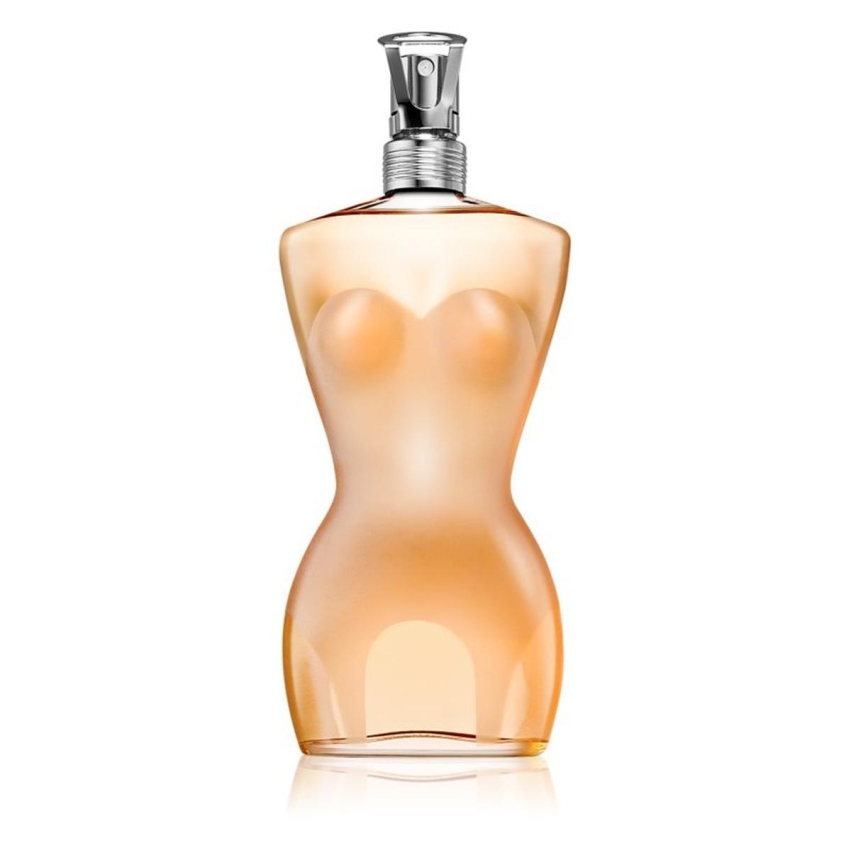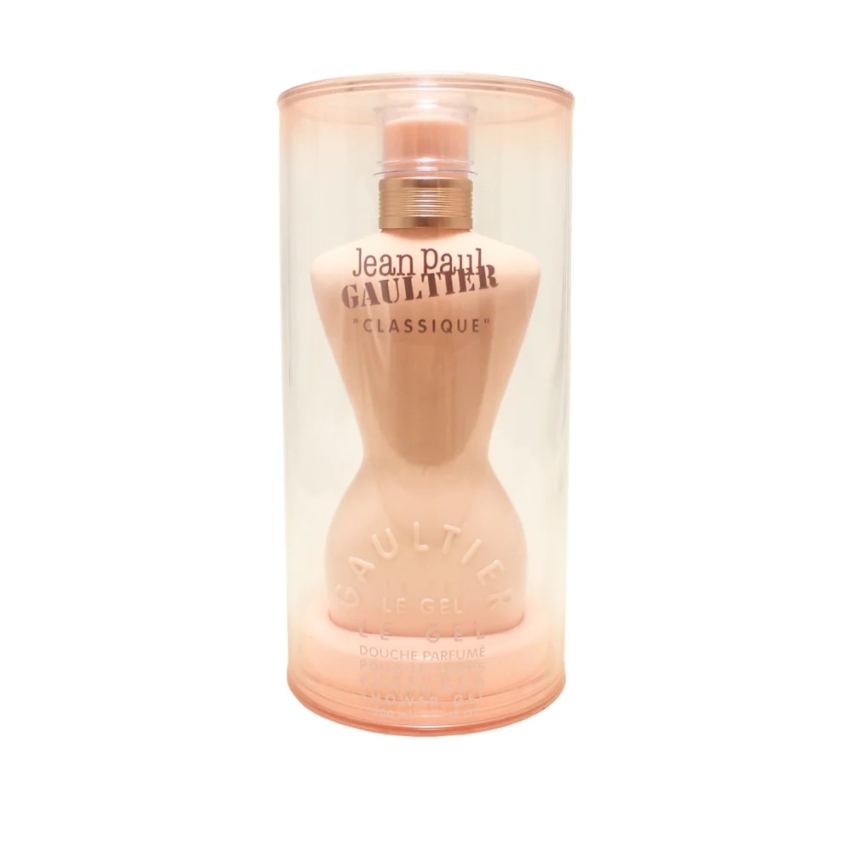Jean Paul Gaultier
Jean Paul Gaultier, (born April 24, 1952, Arcueil, France), French fashion designer whose iconoclastic collections in the late 20th and early 21st centuries celebrated androgyny, blended street styles with haute couture, and juxtaposed other seemingly contradictory cultural symbols. Throughout his career he strove not only to redefine social categories but to draw attention to the role that fashion played in both distinguishing and obfuscating them. As a child growing up in a suburb of Paris, Gaultier showed an affinity for fashion. Inspired by the clothing designs he saw on television and in fashion magazines such as Elle, he began to make his own drawings and quickly emerged as a prodigy. By the time he was 13 years old, he had created a collection of clothing for his mother and grandmother, and by age 18 he had started an apprenticeship in the fashion house of Parisian designer Pierre Cardin. Following a one-year stint with Cardin, Gaultier apprenticed successively with several other noted designers before he established his own label and debuted his first collection of women’s fashion in 1976. Gaultier began his ascent within the fashion world when he set up his own shop in 1982. He created a men’s collection in 1984, and two years later he opened his first boutique in Paris. In 1990 he published his largely pictorial autobiography, À nous deux la mode (“Fashion, Here We Come”), and in 1993 he expanded his product line to include perfumes—marketed in distinctive corset-shaped bottles—and accessories. It was the 1997 showing of his first haute couture collection, however, that secured his place in the fashion industry. With support from the Hermès fashion house in Paris, he subsequently opened boutiques in Europe, the Middle East, and Asia, and in 2003 he became Hermès’s official designer, a position he held until 2011. Gaultier was particularly noted for his consistency of style. Initially he favoured dark colours, especially red, brown, navy blue, deep purple, and black; later he lightened his palette through the addition of salmon, bronze, beige, and turquoise. Typical components of his collections included broad-shouldered jackets, textured or patterned stockings, trench coats of all sorts, baggy pants, flowing skirts, and the horizontally striped sailor’s shirts that became the signature of his style. Gaultier received most of his thematic inspiration from astrology, religious symbols, Celtic designs, calligraphy, tattoos, and regional apparel from around the world. Through the exaggeration and provocative pairing of various elements of style, Gaultier aimed to destabilize established social categories and conventions. His women’s collections, for instance, often incorporated masculine jackets, hats, and leather, and his menswear frequently featured such feminine elements as skirts, corsets, and gossamery fabric. Gaultier’s designs also tended to amplify sexuality, often by blurring the boundary between underwear and outerwear. Perhaps the most widely recognized of his hypersexual works are the conical bras that he created for American pop singer Madonna’s 1990 Blond Ambition tour. In 1993 Gaultier presented one of his most controversial culture-blending and gender-bending collections, “Chic Rabbis,” based on Hasidic religious attire. Critics disapproved of the treatment of the ritual clothing as costumes on a catwalk and, more significantly, were offended by the presentation of women in rabbinic clothing. (In general, female rabbis are not accepted in Hasidic practice.) In his men’s collections, Gaultier evoked the world traveler—and border crosser—most conspicuously through the pairing of Sikh-style turbans variously with tuxedos, T-shirts, slacks, shorts, and skirts. In acknowledgement of his role in reshaping popular perceptions of sexuality through fashion and in redirecting the creative process, Gaultier received the title of Chevalier de la Lègion d’Honneur (“Knight of the Legion of Honour”), one of France’s highest honours, in 2001. Gaultier teamed with Madonna again in 2006 to design the wardrobe for her Confessions tour, and in 2008 he similarly created costumes for Australian pop singer Kylie Minogue. In early 2012 he developed a collection based on the distinctive style of British pop singer Amy Winehouse—less than a year after her sudden death—that tested the boundary between homage and bad taste. Aside from his work with pop stars, Gaultier designed costumes for a number of films, including The Cook, the Thief, His Wife, and Her Lover (1989), The Fifth Element (1997), and Bad Education (2004). In 2011 he launched his first international exhibition, “The Fashion World of Jean Paul Gaultier: From the Sidewalk to the Catwalk,” in Montreal. The exhibition, which made its final North American stop in San Francisco the following year, was a 35-year retrospective featuring more than 100 of his works, many strikingly modeled by mannequins with “real” faces created through video projection. In January 2020 Gaultier announced that his couture show later that month would be his last, though he would continue to design clothing.
Vezi toate produsele
Vezi toate produsele









